This is the bike that won the first ever Tour de France: brand, assembly and weight
The year was 1903. The world was very different from today. Cars (and modern bicycles) were less than 20 years old, and radio, as such, would not exist for another three years. Not to mention television and the internet. But cycling had become a real mass phenomenon, with the first serious races, such as Liège, Paris-Roubaix and Paris-Tours. In this atmosphere, Maurice Garin and 60 other heroes took the start in the toughest race imaginable. Do you want to know which bike won the first ever Tour de France? Here we tell you about their astonishing figures.
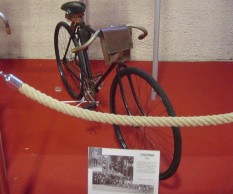
A gravel fixie without brakes: the first bike to win the Tour de France
In the more than 100 years of cycling history, mechanics have come a long way. You may have wondered exactly what those bikes were like on which the pioneers braved the terrible road conditions at the turn of the century. Well, although it seems that the historic piece of equipment on which the first Tour winner raced (the modern image you see here is of a replica) is not preserved today, we know quite a lot about it.
Like the rest of the riders in the top five, Garin raced on a steel bike made by the La Française brand, which would later be called La Française Diamant, and would disappear in the 1950s. They were also the ones who sponsored him, in fact. That team was a real dominator at the time (Froome's Sky, but 110 years earlier), with the best cyclists on its payroll.
RECOMENDADO

How to wash your cycling clothes? 10 keys to make them always look new
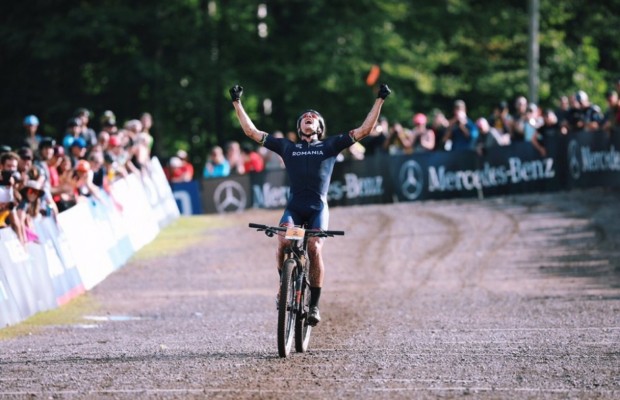
The real importance of signing up for a race
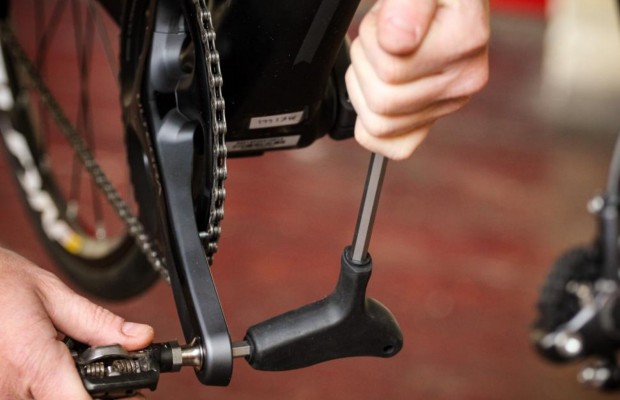
How to change the pedals of any bike in 5 steps
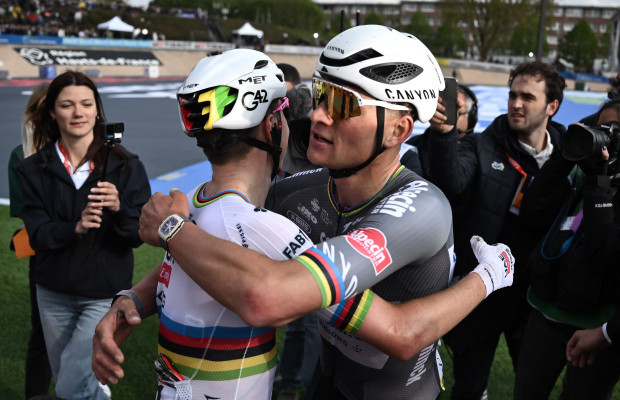
Complete list of the highest paid cyclists of 2025
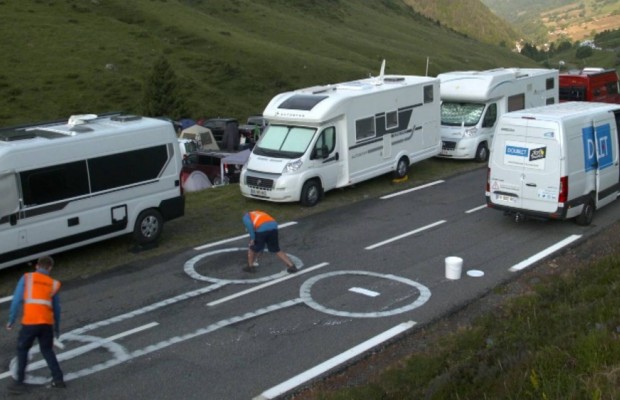
This is how they erase the penises that are drawn on the roads of the Tour de France
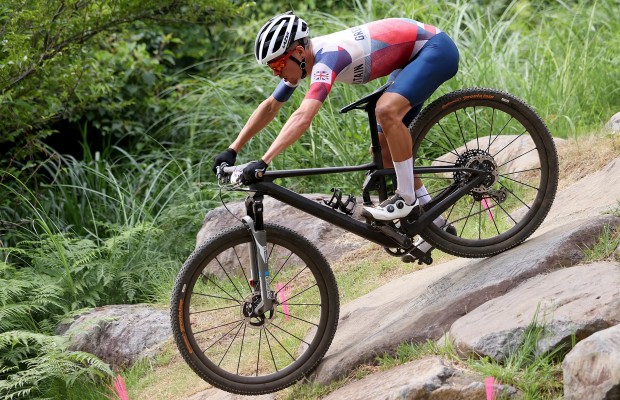
What bike size do you need? Here's how to find out
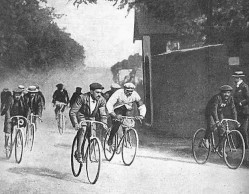
The machine in question weighed 18 kg (more than some of today's e-bikes), but perhaps what strikes us most is that it still had no gears (they would begin to be used in the 1930s) and no brakes. If the cyclist needed to stop, he had to pedal backwards and... and, eventually, put his foot down. On the other hand, the only gearing it had was a 56x20, with which it advanced 6.16 metres per pedal stroke.
Now compare it to Tadej Pogacar's Colnago V3Rs. With its carbon frame, this one weighs about 6.9kg (just over the UCI limit, because technology would allow much less by now), and features a Campagnolo Super Record EPS 12-sprocket drivetrain and Campagnolo Bora Ultra WTO DB wheels with C-LUX finish. Vittoria Corsa tyres, Deda Elementi Alanera DCR handlebars, Prólogo Scratch M5 saddle and Look Keo Blade Carbon pedals complete the specifications.

However, with that 'beast', Maurice Garin, who was the main favourite, won an absolutely hellish race. It had only 6 stages, yes, but most of them were over 400 km long. You left one day and arrived the next; although, fortunately, there were 2-3 rest days in between. Also, the 'roads' were dirt, more like the roads where gravel races are held today.
And, with all that, that man completed the 2,428 km of the course (just a little less than the 3,414 km of the 2021 edition) with an average of.... 25.679 km/h! In fact, he dominated from start to finish, winning the first stage and the last two, without losing the lead for a single day. Second-placed Lucien Pothier was almost 3 hours behind him, and third, almost 4.5 hours behind him.

Who was Maurice Garin?
Nicknamed 'the little chimney sweep', the first winner of the Tour de France (not the first yellow jersey, because that was not invented until years later) was born in 1871 in the Aosta Valley and was therefore in fact Italian. He was, however, from an area where French is spoken as his mother tongue. Perhaps that is why his family emigrated to France when he was a teenager.
Garin was above all a man of the people at a time when cycling was still, to a certain extent, elitist. He worked as a chimney sweep, and in 1889, at the age of 18, he bought his first bicycle for 405 francs, which was two months' wages at the time. It is said that his neighbours called him 'le fou', the madman, because of how fast he went.
In 1891 he started racing, and soon showed his enormous class. In 1894 he came 4th in Liège-Bastogne-Liège, was on the podium in the first Roubaix, and won the next two (one by a sprint, the other by almost half an hour).
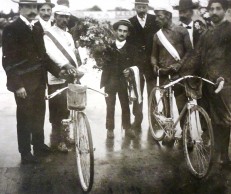
In 1901, the same year he won the Paris-Brest, he became a French citizen. Yes, only then. And in 1903, at the age of 32, he became the first person to have his name inscribed on the Tour's list of winners (only 21 of the 60 competitors finished the Tour). With the more than 6,000 francs he received in total prize money, he bought a petrol station in Lens, where he would work (in addition to his bike workshop) after his retirement.
His story, however, has a bittersweet ending. In 1904, he took to the starting line determined to defend his title. And he succeeded. He was once again victorious in that edition, despite the continuous altercations that took place because the fans of certain local riders attacked the others with sticks and stones, and left nails on the road.
But then came the first scandal in the history of the Tour. The top four riders were stripped of their titles for allegedly using cars to cover part of the route, and the title went to the fifth, the young Henri Cornet. Garin was given a two-year ban from racing, at which point he decided to retire from professional cycling. We will never know if that was fair or not, although he always defended his innocence. What is clear is that, above all sporting considerations, those men who covered impossible distances pulling 'heavy machinery' with their legs were true titans.